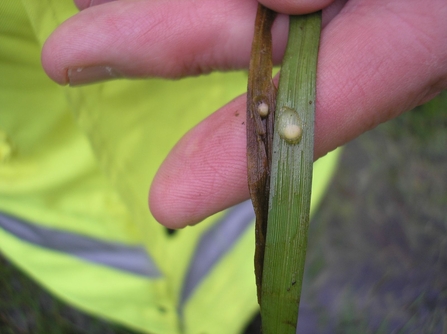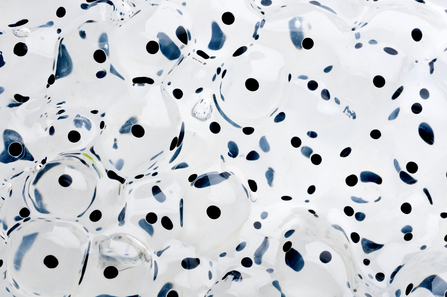
Philip Precey
Best of both worlds
The amphibious great crested newt spends most of its life on land, so protecting terrestrial habitat is just as important as conserving water sources. They like hedgerows and boggy grassland where they can hunt for invertebrates in summer and autumn, and safe hidden spaces to lie dormant during the winter. It is not full hibernation, but newts will seek out a muddy bank or compost heap to wait out the colder months.





